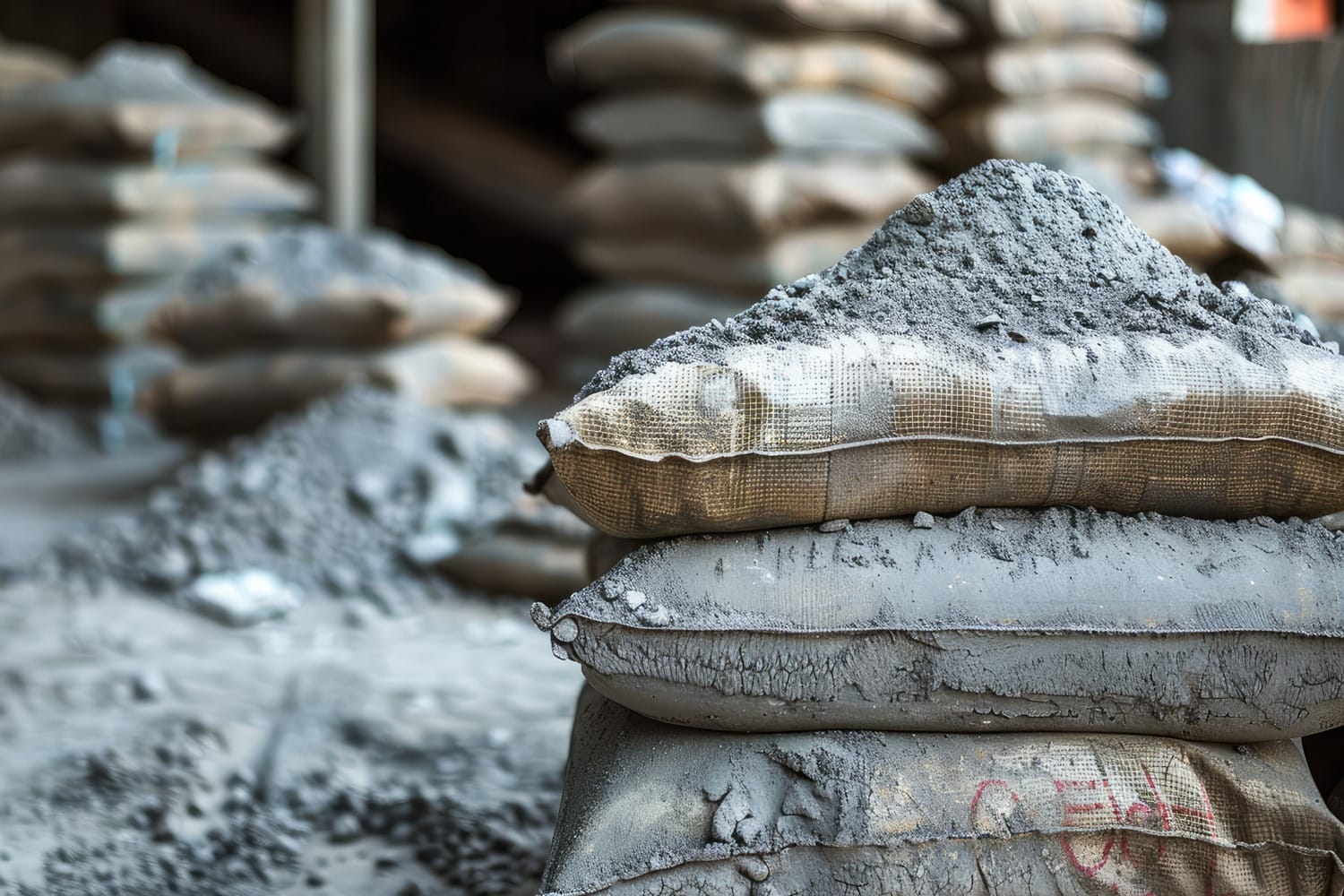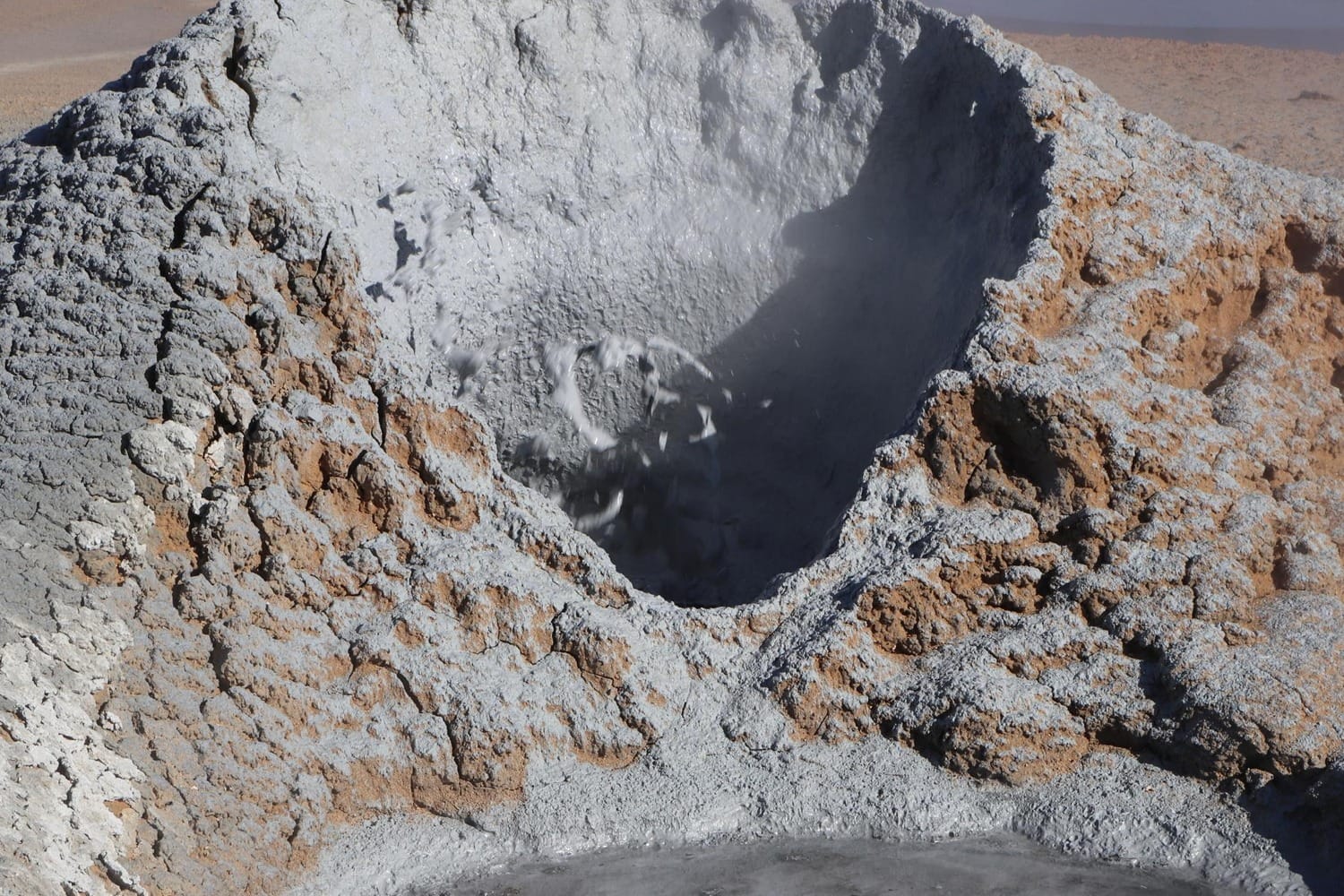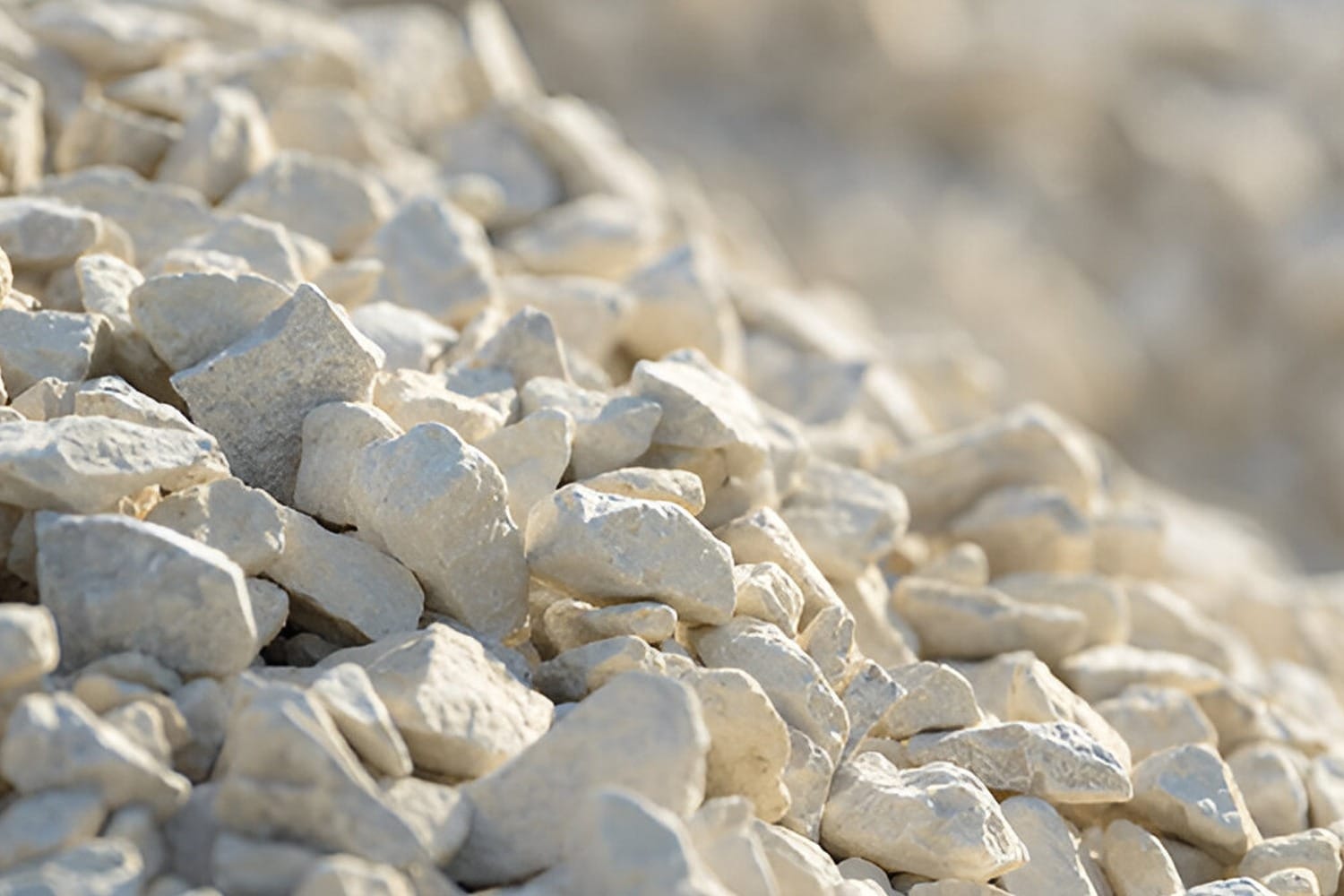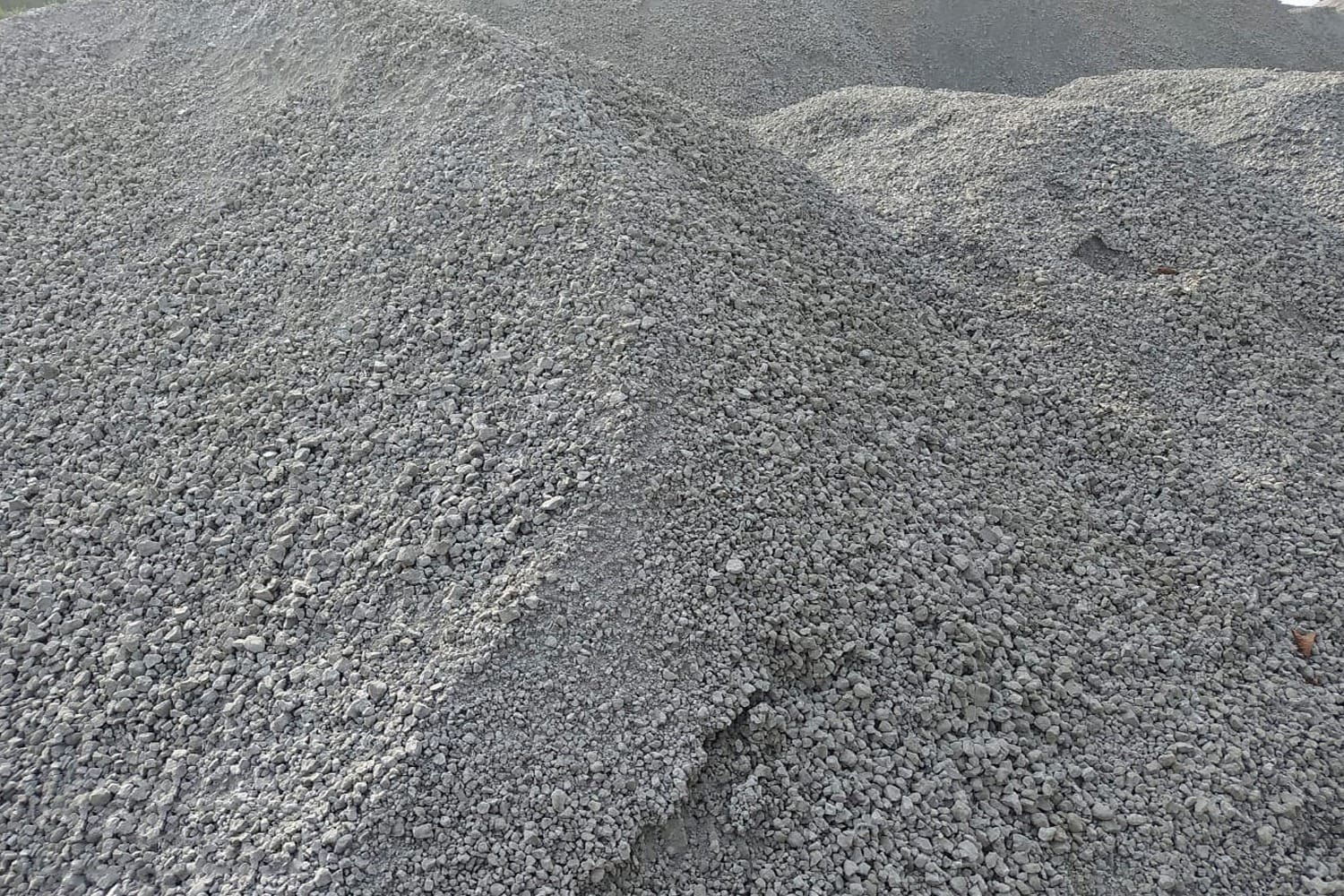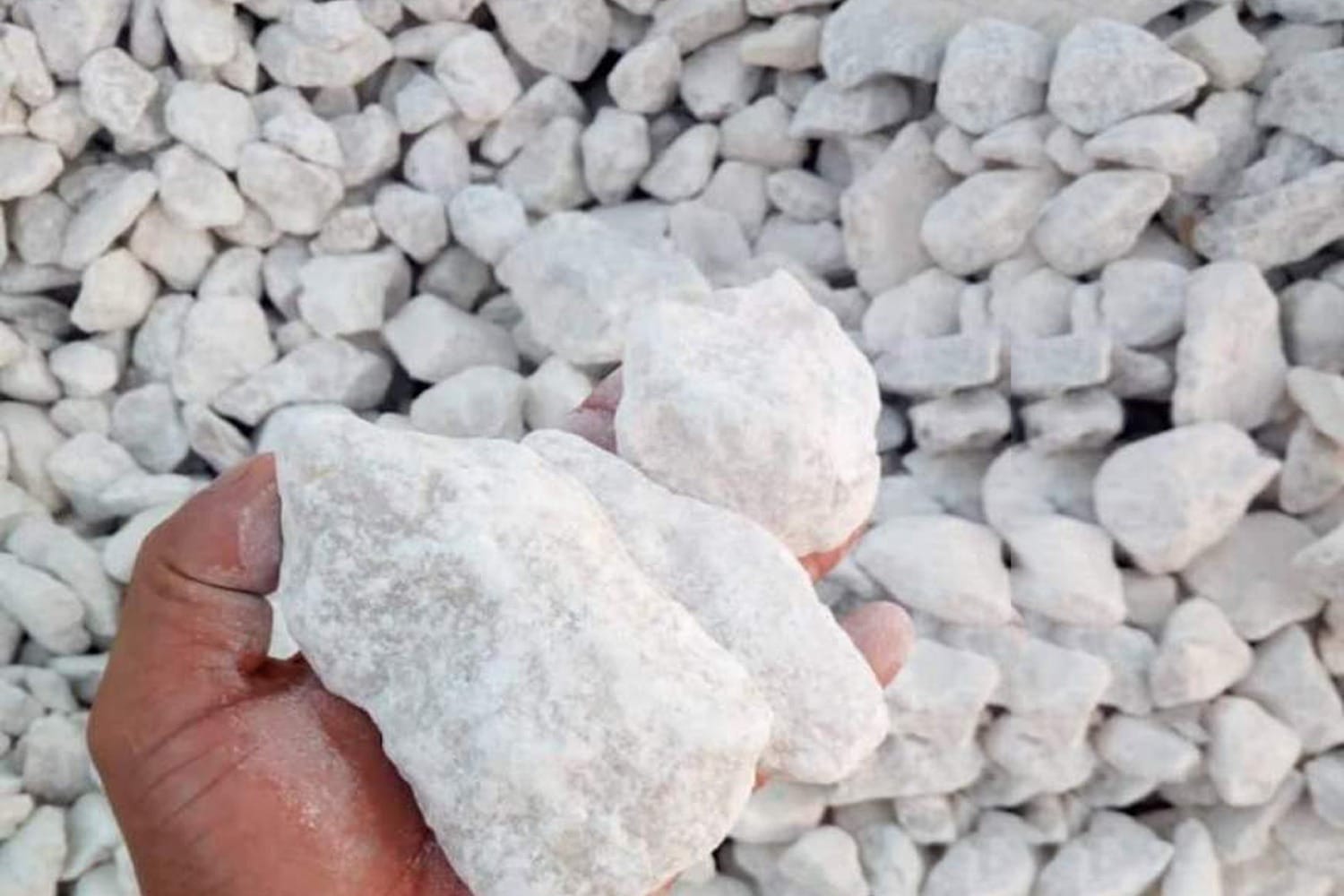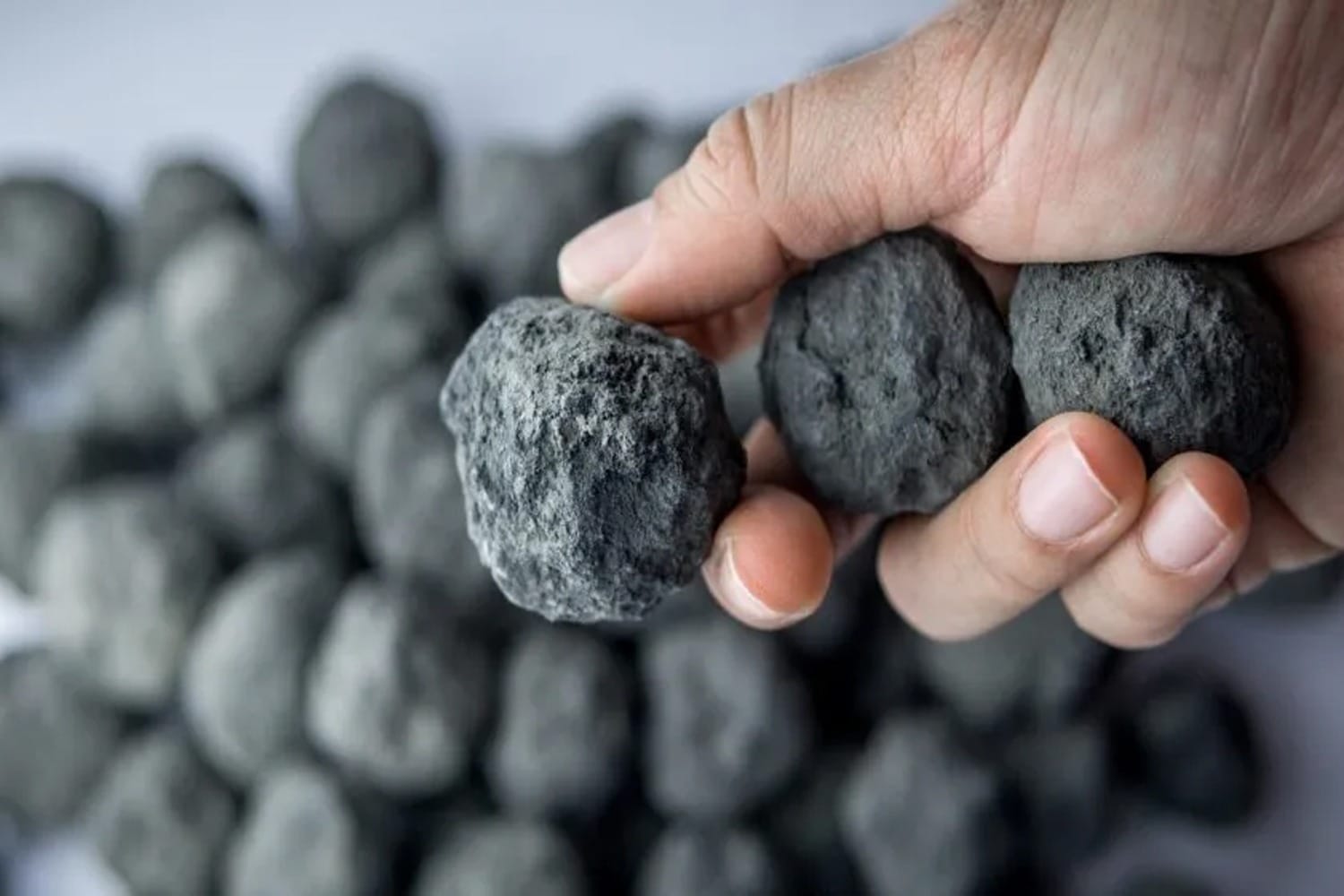
Key Characteristics of Cement Clinker
- Composition
- Mainly consists of calcium silicates, such as alite (C₃S) and belite (C₂S), along with smaller amounts of aluminates and ferrites.
- Appearance
- Appears as small, dark gray to black, pebble-like nodules.
- Formation Process
- Raw materials are heated in a kiln at temperatures of about 1400–1500°C.
- This high heat causes a chemical reaction (clinkering) where the raw materials fuse together.
Applications
- Cement Production
- Ground clinker mixed with gypsum and sometimes other additives is milled to produce different types of cement, such as Portland cement.
- Export
- Often exported to regions lacking cement production facilities.
Importance
- Clinker is the backbone of the cement industry, serving as the essential material for making durable construction materials like concrete and mortar.

